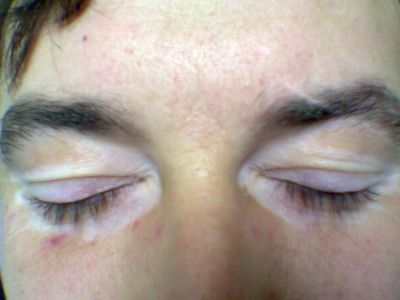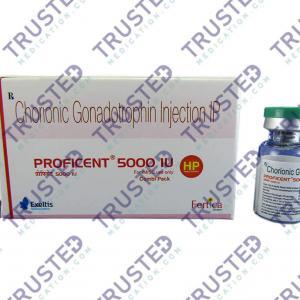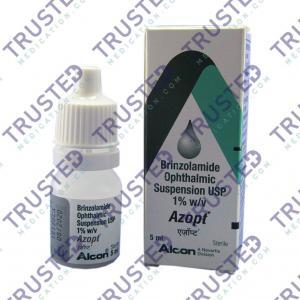
Vitiligo is a disease that causes patches of white skin to appear. The discolored areas usually get Bigger with time. There is no known cure for this disease. It can also affect the hair and the inside of the mouth.
Normally, the color of hair and skin is determined by melanin. Vitiligo occurs when cells that produce melanin stop functioning. It affects people of all skin types, but it may be more noticeable in people with darker skin. The condition is not contagious or life-threatening. It can be stressful or make you feel bad about yourself.

Symptoms of Vitiligo
- Patchy loss of skin color that appears on the hands, face, and areas around body openings, and the genitals
- Premature whitening or graying of the hair on your scalp, beard, eyebrows, and eyelashes
- Loss of color in the tissues that line the inside of your mouth and nose
Vitiligo can affect:
- Nearly all skin surfaces. It is known as universal vitiligo or discoloration that affects nearly all skin surfaces.
- Many parts of your body. It is known as generalized vitiligo or discolored patches often progress similarly on corresponding body parts.
- Only one side or part of your body. It is known as segmental vitiligo. It tends to occur at a younger age and progresses for a year or two, then stops.
- One of only a few areas of your body. This type is called localized or focal vitiligo.
- The face and hands. It is known as acrofacial vitiligo. It affects the facial skin and hands, and around body openings.
How to Diagnose Vitiligo?
Doctors often diagnose vitiligo solely on a physical examination. If doctors need more information about how the condition affects your skin cells, they may suggest a skin biopsy or blood test.

What are the Causes and Risk Factors of Vitiligo?
- Family History and Genes. About 30 percent of people with vitiligo have a family history of this skin disorder. Some genetic profile makes people more susceptible to developing vitiligo.
- Environmental Triggers. An autoimmune response destroys melanocytes in vitiligo due to genetic makeup and environmental factor. Potential triggers include sunburn, exposure to certain chemicals, and trauma or injury to the skin.
- An Existing Autoimmune Disease. Vitiligo is more likely to occur in people with an autoimmune disorder, including psoriasis, systemic lupus erythematosus, Hashimoto’s disease, and alopecia areata.
Treatment for Vitiligo
Treatment for vitiligo may restore color to the affected skin. But it doesn’t prevent continued loss of skin color or a recurrence. There are beauty and skincare products that alleviate the condition.







